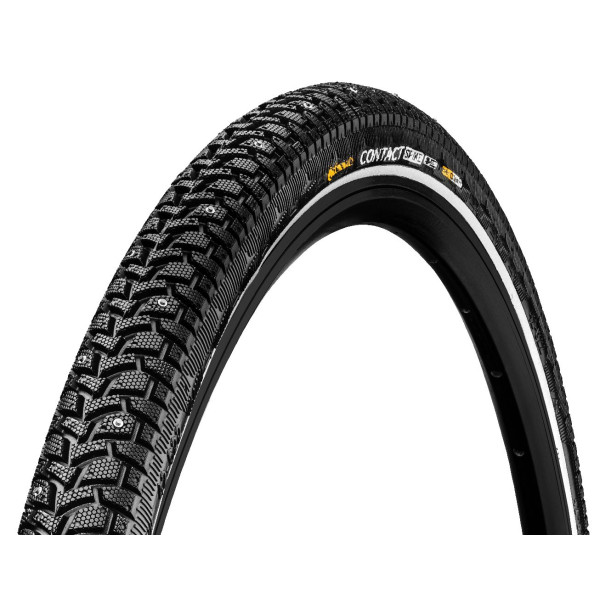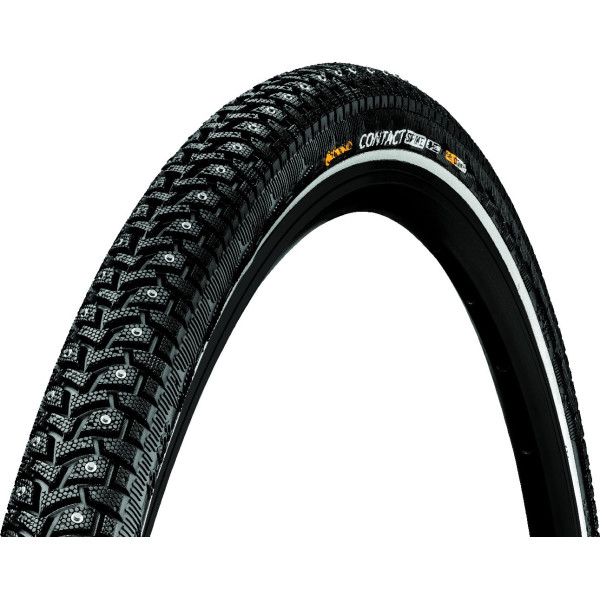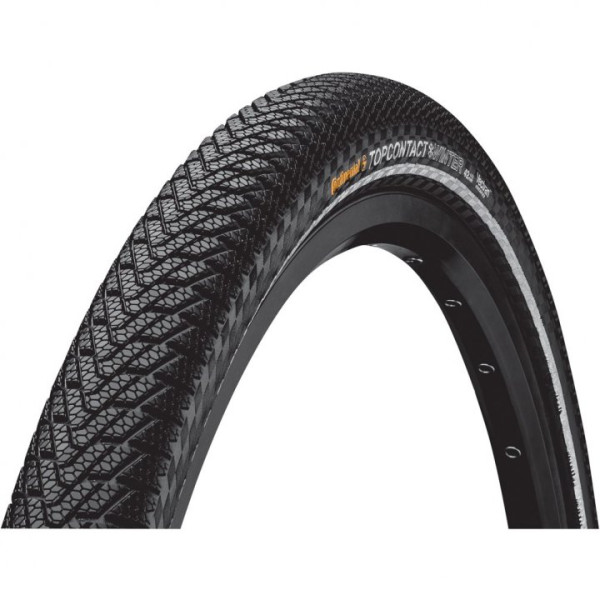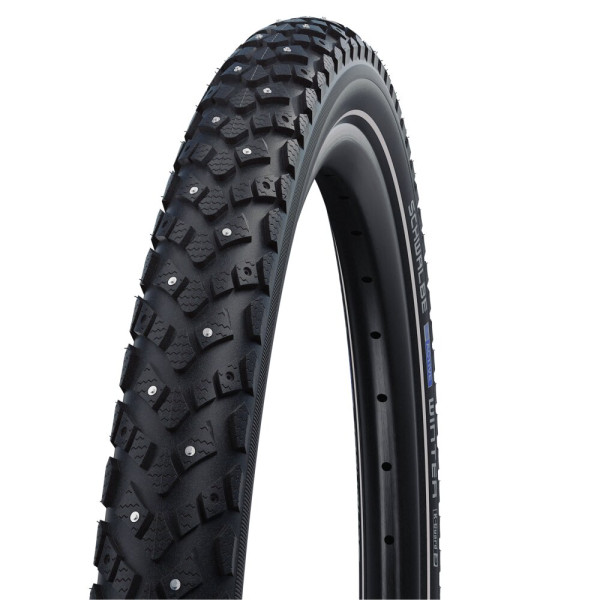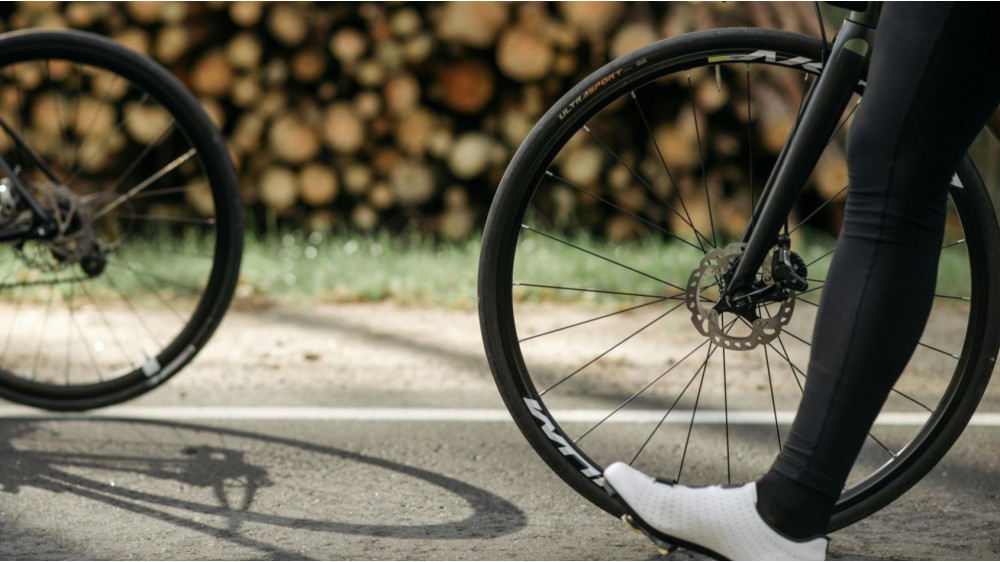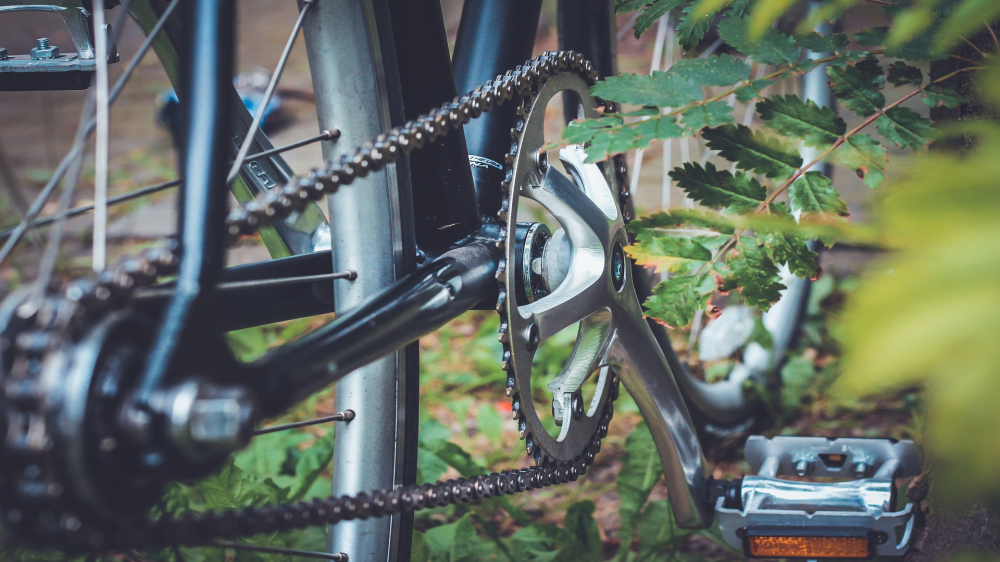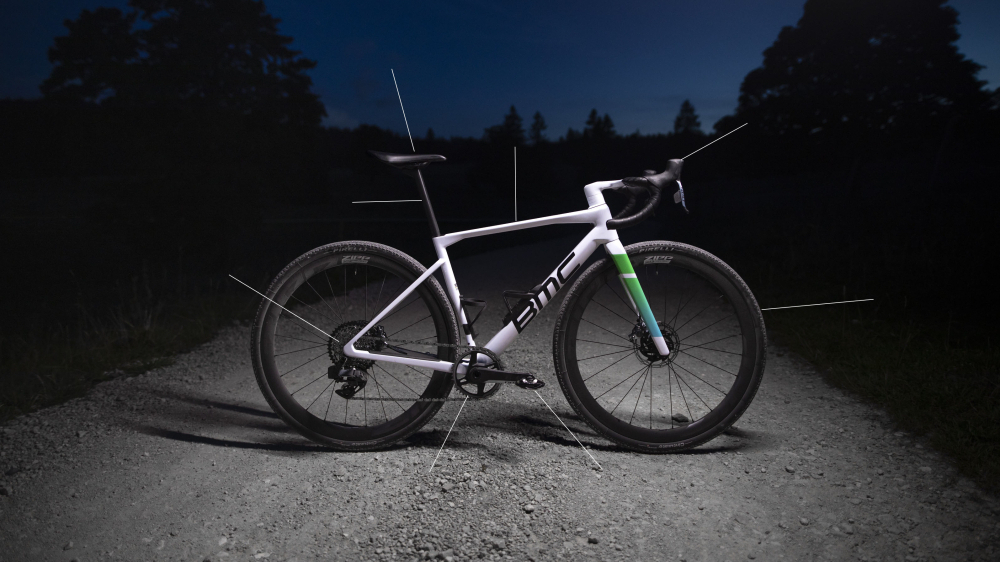When temperatures drop below zero, some cyclists opt for public transport or a car, but some stay true to their habits. Cycling on winter roads might seem daunting, but it's not. Knowing the basic principles of safe riding in the dark and choosing the right winter tires will make you feel safe and stable. Those who dare to ride a bike claim that cycling on white, clean streets, breathing in cool fresh air, and watching the snow fall can be a special experience.
How are winter tires different from regular ones? Why is it worth investing in a set of winter tires? How do you choose winter tires based on your riding habits and routes?
Winter Tires for Bicycles – What Makes Them Special?
Winter tires are designed to handle winter challenges – wet, slippery, muddy roads, or roads covered with gravel or salt.
How are winter tires different from regular ones? Winter tires are thicker, heavier, softer, have deeper and sparser tread patterns, and the most popular winter tires have studs. Such tires provide better traction on slippery, wet, or muddy road surfaces, and studded tires offer more stability on icy roads.
Speed or Stability – How to Find the Golden Mean?
All measures that improve traction on the road provide more safety and stability, but they increase resistance and reduce riding efficiency, so you will need to find the golden mean.
The harder the tire material, the less it grips the surface, the slower it wears out, the lower the resistance, and the easier the ride. It's similar to fabric density – the tighter the weave, the stronger it is. The hardness of tire material is measured by a device called a durometer.
Ride quality is affected by the tread pattern, tire width, and pressure. A dense and shallow pattern works best on hard roads, while a sparse and deep one grips snow much better. The wider the tires, the safer they are, providing better traction but also more resistance. Tire pressure also affects this – the higher it is, the less traction and the easier the ride, but stability decreases significantly.
In each case, consider your riding habits, physical condition, weather conditions, and find the golden mean.
Which Tires to Choose – Studded or Regular?
Studded tires are among the most popular during the winter season. They are particularly useful when riding on icy roads, as the studs dig into the ice, preventing the bike from slipping and making it feel like riding on dry, hard ground. When riding on snow, tire studs have no effect, positive or negative. When riding on dry clean asphalt with studded tires, be careful – accelerate gradually and avoid sudden braking to protect the tires from wear.
After installing studded tires, it is recommended to "break them in" initially – ride a few kilometers on pavement. This helps the metal studs properly embed and secure themselves in the tire. If you ride with studded tires in winter, remember to switch to regular tires in the spring.
If you ride through deep snow, regular, non-studded tires with tread will work. If you ride on roads where the snow layer is thin or often absent, tires with dense, shallow tread will suffice.
Remember, there are no good or bad tires, only properly or improperly chosen tires. Evaluate the roads you ride on, your skills, physical condition, and make the right decision.
A Small Trick to Make Winter Riding Easier
When cycling on winter roads, a cyclist needs to find a balance between stability and efficiency. Which tires to choose? There is one simple thing that helps achieve balance.
It is recommended that the front tire be slightly wider than the rear one. Why? The front wheel is responsible for safety and stability, while the rear one is for power and speed. That's why many cyclists choose wider tires for the front wheel and narrower ones for the rear.
What to Do If You Don't Have Winter Tires?
What to do if you really need to go somewhere, it's winter outside, and your bike has regular tires?
Simply let some air out and reduce the tire pressure – they will be wider, softer, and fatter. Although they won't match the performance of specially designed winter tires, the ride will be much safer. And, of course, always be careful.

-1000x562.png)

